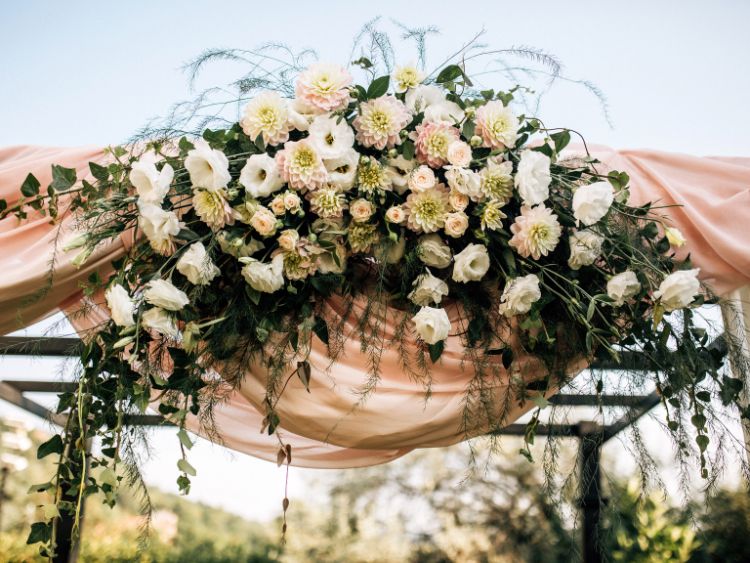The Ultimate Guide to Formal Dress Code: Everything You Need to Know
Dressing appropriately for an occasion is crucial, especially when it comes to formal events. The formal dress code is more than just a suggestion; it’s a standard that conveys respect, professionalism, and an understanding of the event’s tone. Whether you’re attending a black-tie gala, a corporate function, or a wedding, knowing the ins and outs of formal dress code can save you from potential embarrassment and help you make a lasting impression.
In this comprehensive guide, we’ll walk you through the different types of formal dress codes, offer tips on how to nail each look, and provide answers to frequently asked questions. Let’s dive in!
Understanding the Formal Dress Code
Formal dress code, often referred to as black-tie or evening wear, is the pinnacle of sartorial elegance. It demands attention to detail and a commitment to looking your best. But what exactly does “formal” mean? Let’s break it down.
1. Black Tie
Black tie is one of the most common formal dress codes you’ll encounter. Traditionally, it refers to evening events that require a high level of sophistication.
- For Men: A black tuxedo with satin or grosgrain lapels, a white dress shirt, a black bow tie, and black patent leather shoes. Optional accessories include cufflinks, a black formal waistcoat, or a cummerbund.
- For Women: An elegant floor-length gown or a cocktail dress that falls just above the knee. Opt for sophisticated fabrics like silk or satin. Pair your dress with heels and minimalistic jewelry.
2. White Tie
White tie is the most formal of all dress codes, often reserved for state dinners, galas, or royal events.
- For Men: A black tailcoat, white waistcoat, white wing-collared shirt, white bow tie, and black patent leather shoes. A top hat and gloves are optional but add a touch of classic elegance.
- For Women: A full-length ball gown, often with gloves and more elaborate jewelry. Hair is typically styled in an updo, and makeup is kept sophisticated.
3. Business Formal
This dress code is often seen in corporate environments and at business events, requiring a polished and professional appearance.
- For Men: A dark suit, typically in navy or charcoal, a crisp white or light-colored dress shirt, a conservative tie, and black or dark brown leather shoes.
- For Women: A tailored dress, skirt suit, or pant suit in dark, neutral colors. Closed-toe heels and understated jewelry complete the look.
4. Creative Black Tie
A modern twist on the traditional black tie, this dress code allows for more personality and flair.
- For Men: A tuxedo with a trendy twist, such as a colored jacket, patterned bow tie, or unique cufflinks.
- For Women: A stylish cocktail dress or a gown with bold colors, textures, or accessories. This is your chance to showcase creativity while still adhering to formal standards.
Tips for Nailing the Formal Dress Code
Now that we’ve covered the different types of formal dress codes, let’s explore some tips to ensure you always look your best at formal events.
- Know the Venue and Occasion
- Understanding the event’s setting and purpose can guide your outfit choices. For example, a black-tie wedding might allow for a bit more creativity than a state dinner.
- Fit is Key
- No matter how expensive your attire, if it doesn’t fit well, it won’t look good. Ensure that your clothing is tailored to your body for a polished appearance.
- Pay Attention to Accessories
- Accessories can make or break an outfit. Keep it simple and elegant. For men, this means a classic watch and cufflinks. For women, opt for understated jewelry that complements your outfit.
- Mind Your Grooming
- Personal grooming is as important as the clothes you wear. Ensure your hair is neatly styled, and for men, facial hair should be well-trimmed or clean-shaven.
- Comfort Matters
- While formal attire often prioritizes appearance, don’t sacrifice comfort entirely. Choose fabrics that allow you to move and breathe, especially if you’ll be wearing the outfit for several hours.
FAQs About Formal Dress Code
Q: Can I wear a dark suit instead of a tuxedo for a black-tie event? A: While a dark suit is more appropriate for a business formal dress code, it’s generally not acceptable for a black-tie event. A tuxedo is the standard, and opting for a suit might make you appear underdressed.
Q: Is it acceptable to wear open-toe shoes with a formal dress? A: Yes, open-toe shoes can be worn with a formal dress, especially if the event is in a warmer climate. However, make sure your shoes are elegant and in good condition.
Q: Can I add personal flair to my white-tie outfit? A: White-tie attire is the most formal and traditional, leaving little room for personal flair. It’s best to stick to the guidelines, but you can subtly express your style through accessories like cufflinks or a pocket square.
Q: What should I avoid wearing to a formal event? A: Avoid anything too casual, such as jeans, sneakers, or T-shirts. Additionally, steer clear of overly bold patterns or flashy accessories that detract from the elegance of your outfit.
Q: How do I know if an event is black-tie optional? A: If an invitation specifies “black-tie optional,” it means a tuxedo is preferred, but a dark suit is also acceptable. Women can wear a formal gown or a cocktail dress.
Summary
Navigating the world of formal dress codes doesn’t have to be daunting. By understanding the different types of formal attire, following key tips, and knowing what to avoid, you can confidently dress for any formal occasion. Remember, the goal is to look polished, respectful, and stylish, no matter the event. So, the next time you’re invited to a black-tie gala or a business formal meeting, you’ll know exactly what to wear to make a lasting impression.
Authoritative Links
- https://www.gentlemansgazette.com/dress-code-black-tie/
- https://www.vogue.com/article/what-is-black-tie-dress-code
- https://www.realmenrealstyle.com/formal-dress-code-guide/
- https://www.esquire.com/style/mens-fashion/advice/g1831/menswear-rules-guide/
- https://www.thecut.com/article/wedding-guest-dress-code-guide.html
This article should provide you with a comprehensive understanding of the formal dress code while incorporating SEO best practices to ensure visibility and engagement. If you need any adjustments or additional sections, feel free to ask!



